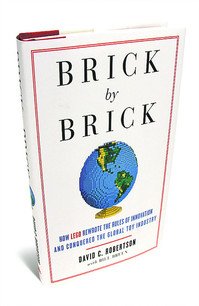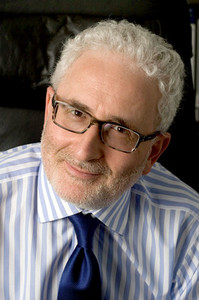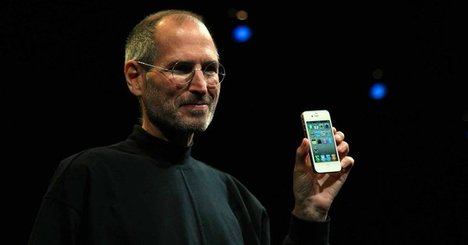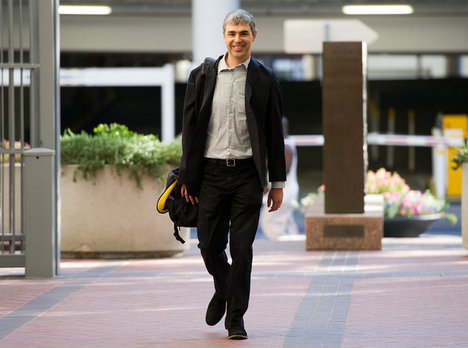(p. D1) The big push in office design is forcing co-workers to interact more. Cubicle walls are lower, office doors are no more and communal cafes and snack bars abound.
Like most grand social experiments, though, open-plan offices bring an unintended downside: pesky, productivity-sapping interruptions.
The most common disruptions come from co-workers, as tempting as it is to blame email or instant messaging. Face-to-face interruptions account for one-third more intrusions than email or phone calls, which employees feel freer to defer or ignore, according to a 2011 study in the journal Organization Studies.
Other research published earlier this year links frequent interruptions to higher rates of exhaustion, stress-induced ailments and a doubling of error rates.
For the full story, see:
SUE SHELLENBARGER. “WORK & FAMILY; The Biggest Distraction in the Office Is Sitting Next to You.” The Wall Street Journal (Weds., September 11, 2013): D1 & D3.
(Note: the online version of the story has the date September 10, 2013, and has the title “WORK & FAMILY; The Biggest Office Interruptions Are… …not what most people think. And even a 2-second disruption can lead to a doubling of errors.”)
Among the academic papers referred to in the article are:
Wajcman, Judy, and Emily Rose. “Constant Connectivity: Rethinking Interruptions at Work.” Organization Studies 32, no. 7 (July 2011): 941-61.
Altmann, Erik M., J. Gregory Trafton, and David Z. Hambrick. “Momentary Interruptions Can Derail the Train of Thought.” Journal of Experimental Psychology: General (Jan. 7, 2013): 1-12.





